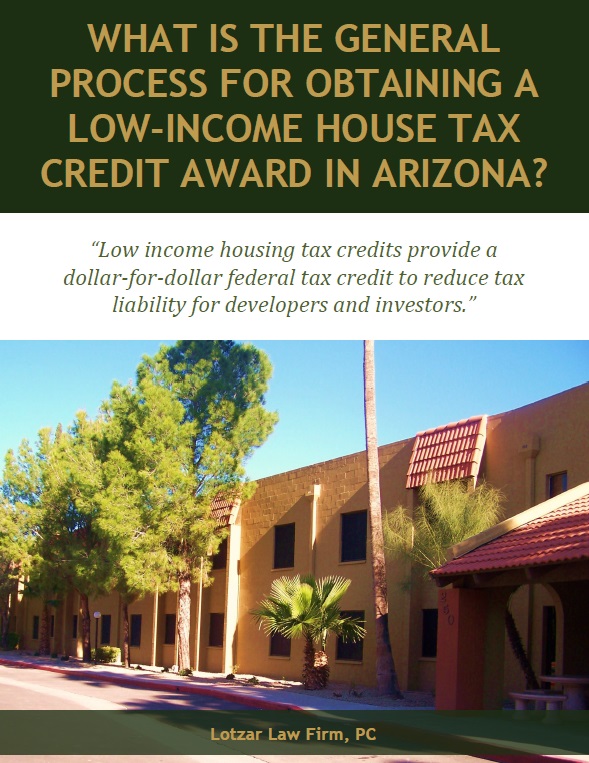
It is important to ensure you remain in compliance with LIHTC requirements to avoid the recapture of LIHTCs. This means you need to re-certify a tax credit tenant’s household income annually. An Arizona lawyer with experience in LIHTCs can provide you with guidance on the re-certification process and can help you to ensure you remain in compliance with all LIHTC requirements. Lotzar Law Firm, P.C. represents many investors and developers with LIHTC projects and we can provide you with the assistance you need to protect your eligibility for ongoing tax credits
When Must You Re-Certify a Tax Credit Tenant’s Household Income for LIHTC Properties
Tenant income must be certified at move in, annually each year thereafter, when household compositions change, or when a unit transfer occurs. The Arizona Department of Housing provides detailed instructions on how to complete tenant income certification. The annual Tenant Income Certification (TIC) form must be completed by each low-income resident in the building and verifying documentation must always be included with the certification paperwork.
When the income of the residents in a low-income unit increases above the qualifying threshold, the next available unit rule requires that the next rental unit of comparable size or smaller must be rented to residents whose income qualifies. Further, if a unit in the project becomes vacant that has previously been lived in by a qualifying low-income tenant, that unit or the next comparable unit must also be rented to residents with a qualifying low income. A unit must be rented to a qualifying low-income tenant before any units are rented to tenants whose incomes are above qualifying levels. The next available unit rule ensures that the appropriate number of low-income units are available for the building to remain in compliance with LIHTC requirements.
The Arizona Department of Housing must notify the Internal Revenue Service within 45 days of an owner’s non-compliance with LIHTC requirements. The Department of Housing must file Form 8823 in order to explain the noncompliance and must also indicate whether the owner of the building has corrected the issue.
Do not jeopardize your continued eligibility for LIHTCs if you currently have a qualifying rental building. Contact Lotzar Law Firm, P.C. today to speak with Arizona tax credit lawyers for help with your LIHTC obligations.









